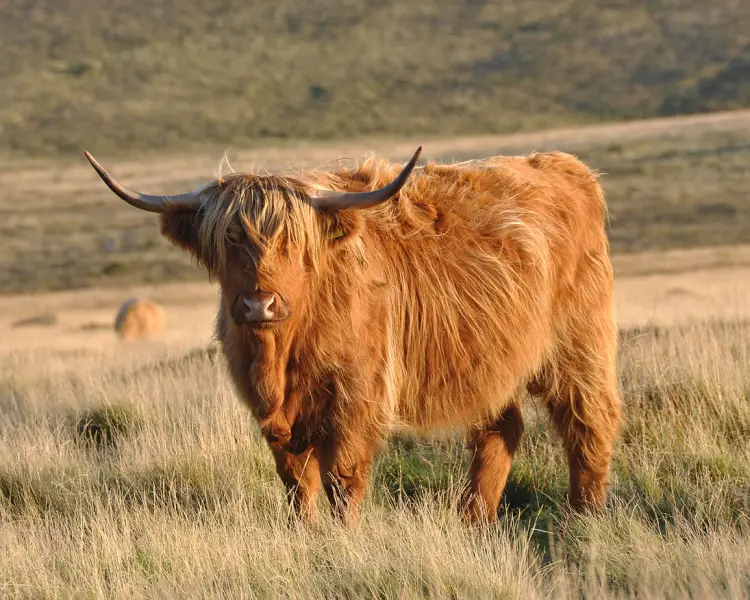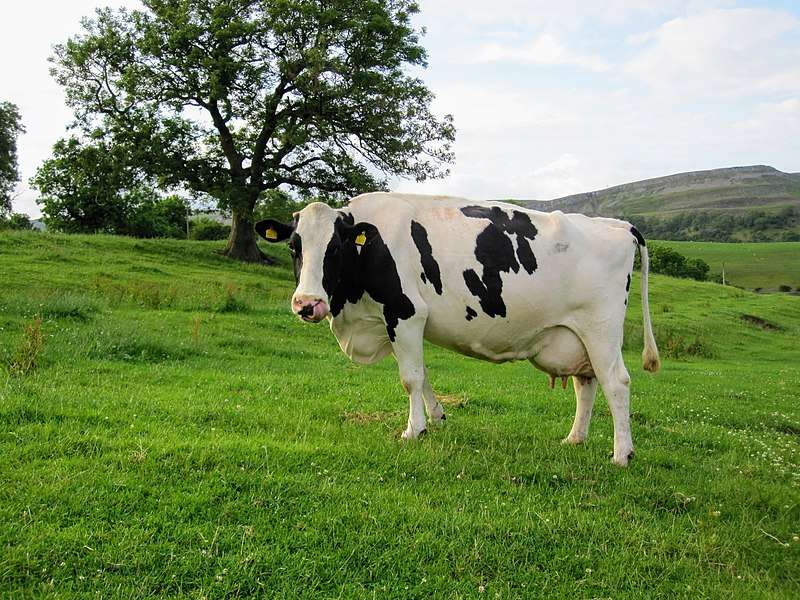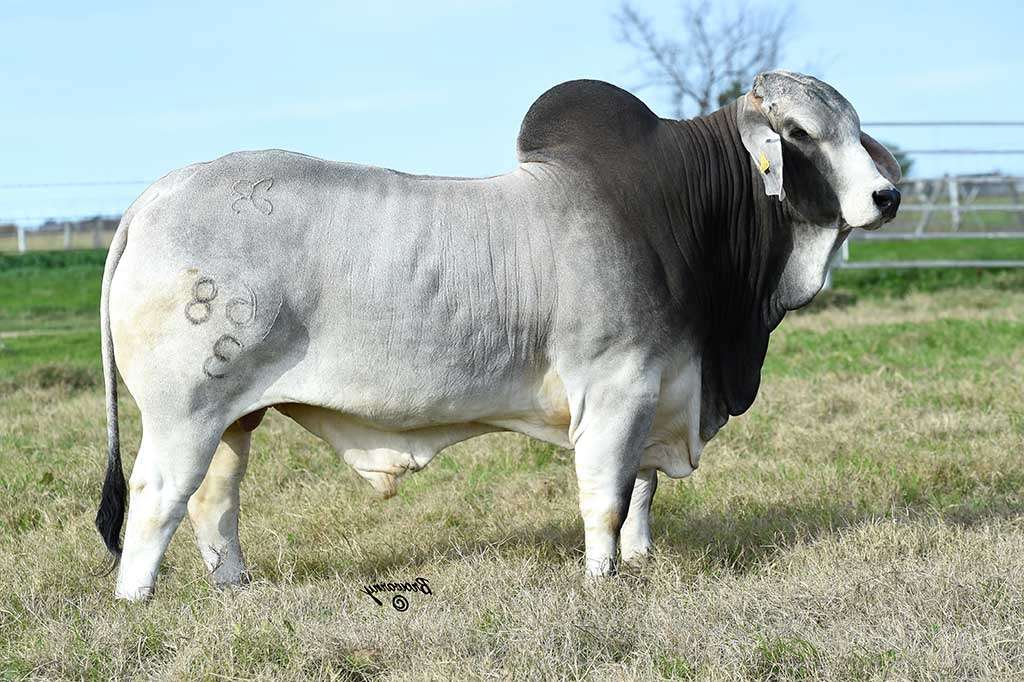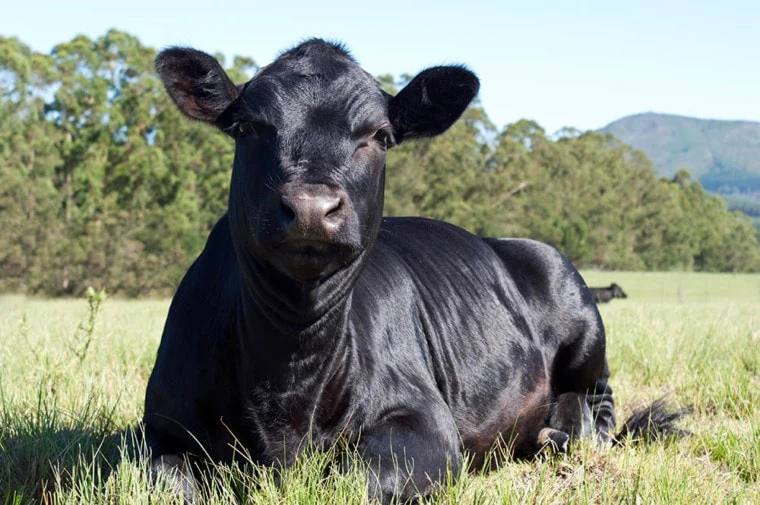
Size
Height at the shoulder varies from 90 cm to 1.1 m.
Color
Although red is the traditional colour for Highland cows today, they also come in different hues like yellow, brindle, dun, white, and the breed’s original black. A good herd should typically be multicolored.
Physical Appearance
The undercoat and the oily outer coat, which is the longest among bovine species, make up the coat of Highland cattle. Cattle’s coats can be patchy and come in a variety of colors, including dun, black, white, red, yellow, and silver. Since the animals lose their winter coats at the start of spring and grow less hair in the summer, they can survive in a variety of environments and climates.
Genetics
There are three hues available for these cattle: black, dun, and silver dun. A second gene that works in a co-dominant way is what causes the shades. The PMEL gene has a deletion (del), which results in a Highland being dun rather of black if one del allele is present and silver dun if both del alleles are present.
Uses
A breed of beef cow is the Highland cattle. Currently, they are mostly employed in the production of meat.

Guidelines for Raising Highland Cattle
Start with wholesome, superior breeding stock. Find reliable breeders who can offer you animals that are healthy, registered, and free of genetic flaws.
Give your livestock plenty of room to roam. Highland cattle require space to graze and roam because they are curious and active animals. Per cow, a pasture of at least one acre is advised.
Create a lot of shelter. Your cattle will require a shelter to keep them safe from the weather, including wind, rain, and extremely hot or cold temperatures.
Afford everyone access to clean, fresh water. To be hydrated and healthy, your cattle will want a regular supply of fresh, clean water.
Afford everyone access to clean, fresh water. To be hydrated and healthy, your cattle will want a regular supply of fresh, clean water.
Offer top-notch hay and fodder. Herbivorous Highland cattle thrive on a diet of premium hay and forage. To provide a balanced diet, make sure to include a variety of grasses and legumes.
If required, add grain to diet. You might need to add grain to the diet of your cattle if the pasture or hay is deficient in nutrients. To choose the right kind and quantity of grain to feed, speak with a veterinarian or nutritionist.
Trim the nails on your cattle’s hooves. In order to avoid lameness and other foot-related problems, regular hoof trimming is essential.
Give animals routine veterinarian care. To maintain the health of your cattle, regular veterinary care, such as immunizations and parasite control, is essential.
Maintain proper hygiene. To stop the spread of illness and parasites, keep the dwelling space of your cattle dry and clean.
Keep an eye out for disease or injury symptoms. Watch your cattle carefully for any symptoms of disease or harm, such as lameness, sluggishness, or appetite loss.
Table





